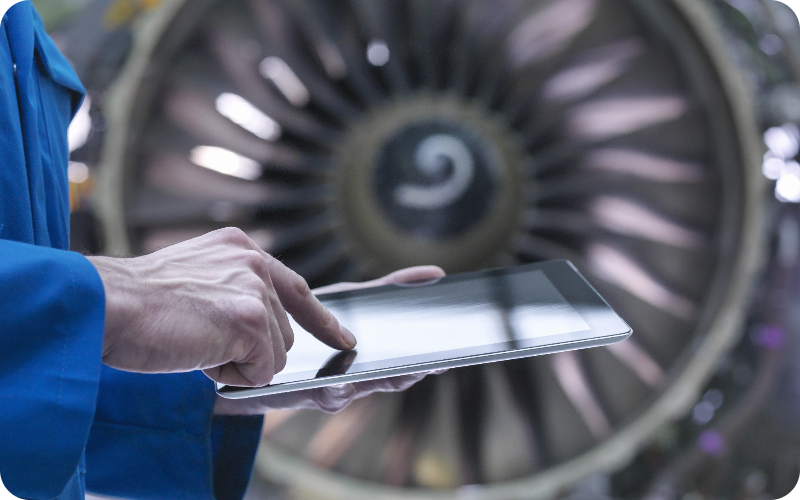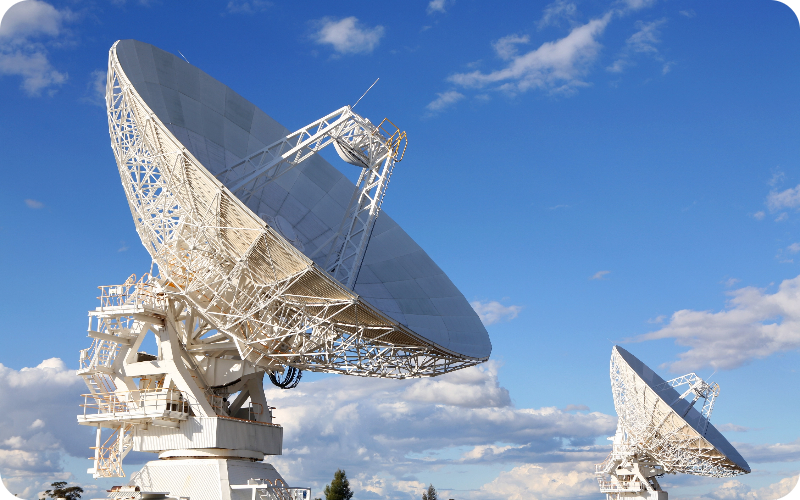Leasing and buying are two common ways organisations across various industries acquire assets.
Educational institutions often lease facilities and technology, such as computers and printers. Healthcare providers lease medical equipment, such as MRI machines, CT scanners and other laboratory equipment, and utility companies may lease land, power generators and transmission lines. This allows organisations to access the latest technology, meet the changing needs of their customers, and expand their capacity quickly and efficiently without having to make a large capital investment upfront.
Other businesses may opt to buy assets, especially if they intend to use them for a long time without replacing them, or if they have the necessary funds.
Leasing vs buying depends on a variety of factors, such as its financial situation, industry, and growth plans. Whether to lease or buy assets is a strategic decision that can significantly impact a company's financial performance. While there are no one-size-fits-all answers, there are several factors that companies should consider when making this decision, including the type of asset, its intended use, the length of time the asset will be used, the company's budget and financial goals, and its risk tolerance.
Below is a comprehensive overview of leasing vs buying, discussing the key differences between the two and offering guidance to businesses on how to make the best decision for their specific needs.
.png?width=2000&height=1500&name=Nomos%20One%20(1).png)
Leasing vs. Buying
What is leasing?
Leasing is a financing arrangement in which a company rents an asset from a lessor for a fixed period. When you lease an asset, you make regular payments to the lessor for that period. At the end of the lease term, you can return the asset to the lessor, purchase it at a predetermined price, or renew the lease.
The benefits of leasing
- Lower upfront costs. Leasing typically requires a smaller upfront payment than buying, which can free up cash for other business needs.
- Flexible payment terms. Lease payments can be structured to meet the company's budget and cash flow needs.
- Tax benefits. Lease payments are often tax-deductible, which can reduce the overall cost of the lease.
- Access to the latest technology. Leasing can allow companies to access the latest equipment and technology without making a large capital investment.
The drawbacks of leasing
- No equity. At the end of the lease term, the company does not own the asset.
- Early termination fees. If the company needs to terminate the lease early, it may be subject to fees.
- Mileage restrictions. Vehicle leases may have mileage restrictions, which can concern companies with high-mileage vehicles.
.png?width=2000&height=1500&name=Nomos%20One%20(2).png)
What is buying?
Buying an asset is the process of acquiring full ownership through a lump-sum payment or financing. When you buy an asset, you make a one-time payment to the seller and become the owner of the asset. You are responsible for all maintenance and repairs and can keep the asset for as long as you want.
The advantages of buying
- Equity. The company owns the asset outright.
- No early termination fees. The company can sell the asset at any time without penalty.
- No mileage restrictions. The company can use the asset as much or as little as it needs.
The disadvantages of buying
- Higher upfront costs. Buying an asset typically requires a larger upfront payment than leasing.
- Maintenance and repairs. The company is responsible for all asset maintenance and repairs.
- Risk of obsolescence. The asset may become obsolete over time, which can reduce its value.
.png?width=2000&height=1500&name=Nomos%20One%20(3).png)
How to choose between leasing vs buying
The best way to make the leasing vs buying decision is to take into consideration the following factors:
- Financial situation. How much upfront capital can you afford to spend on an asset? Does your company have the cash flow to make lease payments? Leasing can be a good option for companies with limited upfront capital. Buying an asset can require a large down payment, which can tie up cash flow.
- Industry. Are there any specific benefits to leasing or buying in your industry? For example, some industries, such as technology and transportation, benefit from leasing because it allows companies to upgrade to the latest equipment easily.
- Company's financial goals. Companies with limited cash flow or a desire to conserve capital may prefer to lease assets. This is because leasing allows companies to spread the asset's cost over the lease term rather than making a large upfront payment.
- Growth plans. If your company plans on rapid growth, leasing may be a better option than buying because it allows you to scale your asset portfolio more quickly.
- Type of asset. Some assets are better suited for leasing than others. For example, some assets, such as vehicles and equipment, are typically leased, while others, such as property, are typically bought. Vehicles and equipment are often leased because they have a high depreciation rate, and leasing allows companies to avoid the risk of owning depreciated assets.
- Intended use of the asset. How will the asset be used? How often will it be used? For how long will it be needed? If a company only needs an asset for a short period of time, leasing may be a better option than buying.
- Total cost of ownership. When comparing leasing and buying, it is important to consider the total cost of ownership, including the asset cost, maintenance and repairs, and insurance.
- Company's risk tolerance. Is the company willing to assume the risk of obsolescence and maintenance costs if it buys the asset?

Other factors to consider
There are a few other factors that might need to be evaluated to make the best decision:
- Lease terms. It is important to carefully review the terms of any lease agreement before signing it. This includes understanding the lease term, the monthly payments, and any additional fees that may be charged.
- Maintenance and repairs. Some lease agreements require the lessee to be responsible for maintenance and repairs. Other lease agreements include maintenance and repairs in the monthly lease payments. Understanding who is responsible for maintenance and repairs under the lease agreement is important.
- Purchase option. Some lease agreements include a purchase option, which gives the lessee the right to purchase the asset at the end of the lease term for a predetermined price. When deciding whether to lease or buy, it is important to consider whether you want to purchase the asset at the end of the lease term.
Ultimately, leasing vs buying will depend on several factors discussed above. It is important for companies to carefully weigh all the factors involved before deciding to lease or buy an asset. You may also want to consult with a financial advisor or accountant to get expert advice on whether leasing or buying is the right option for the company. This can help you make the right decision for your specific needs.

























